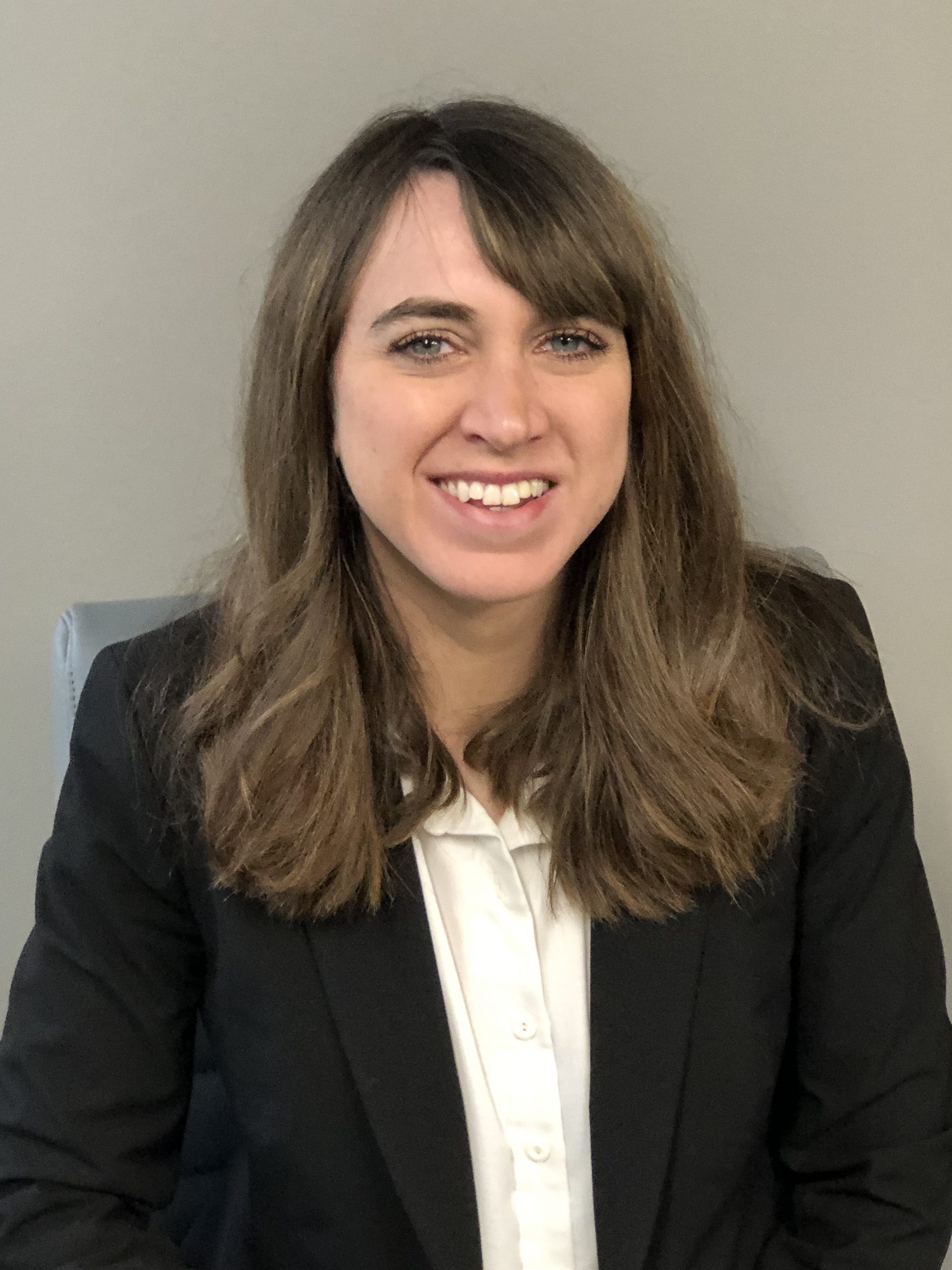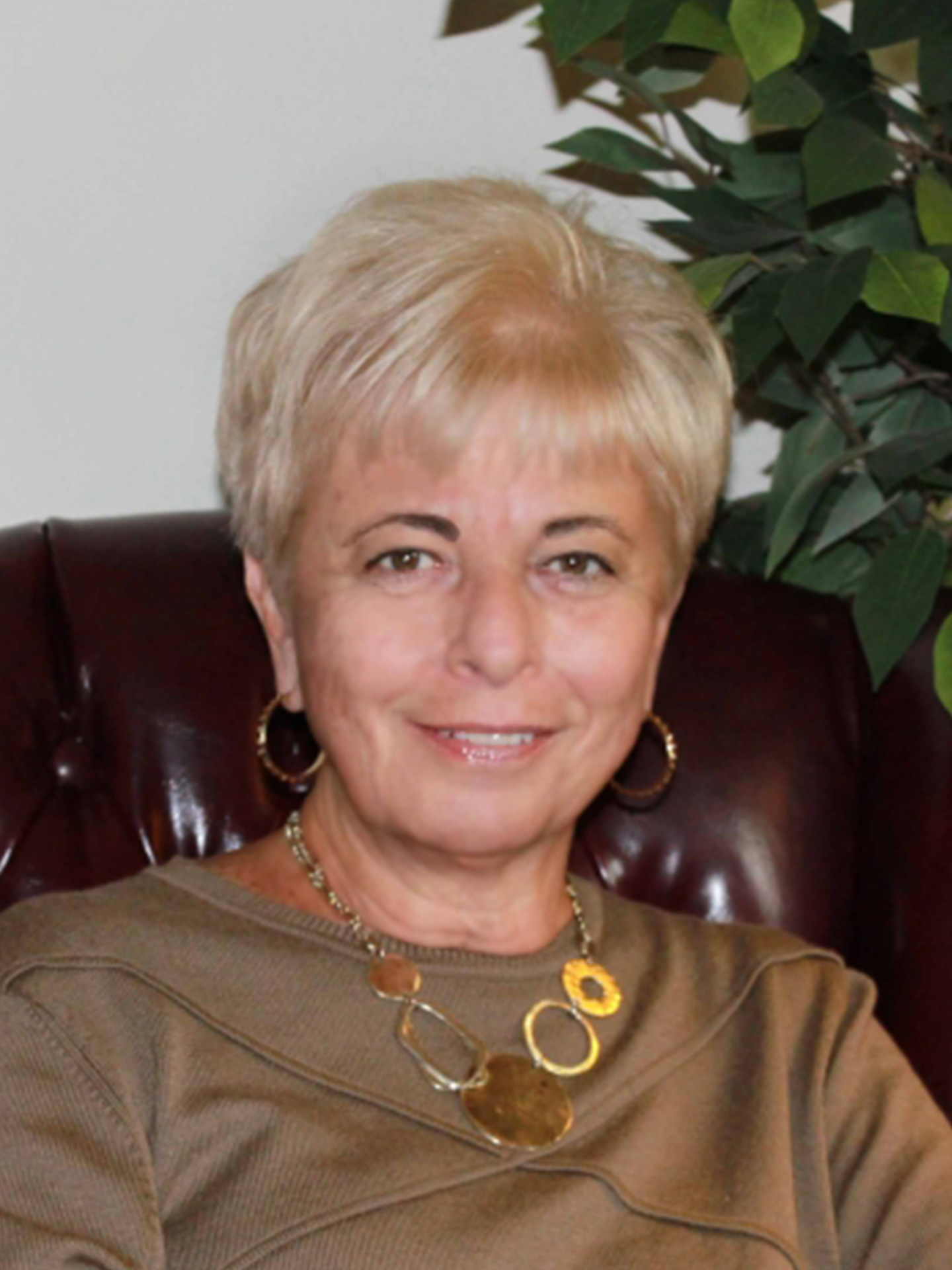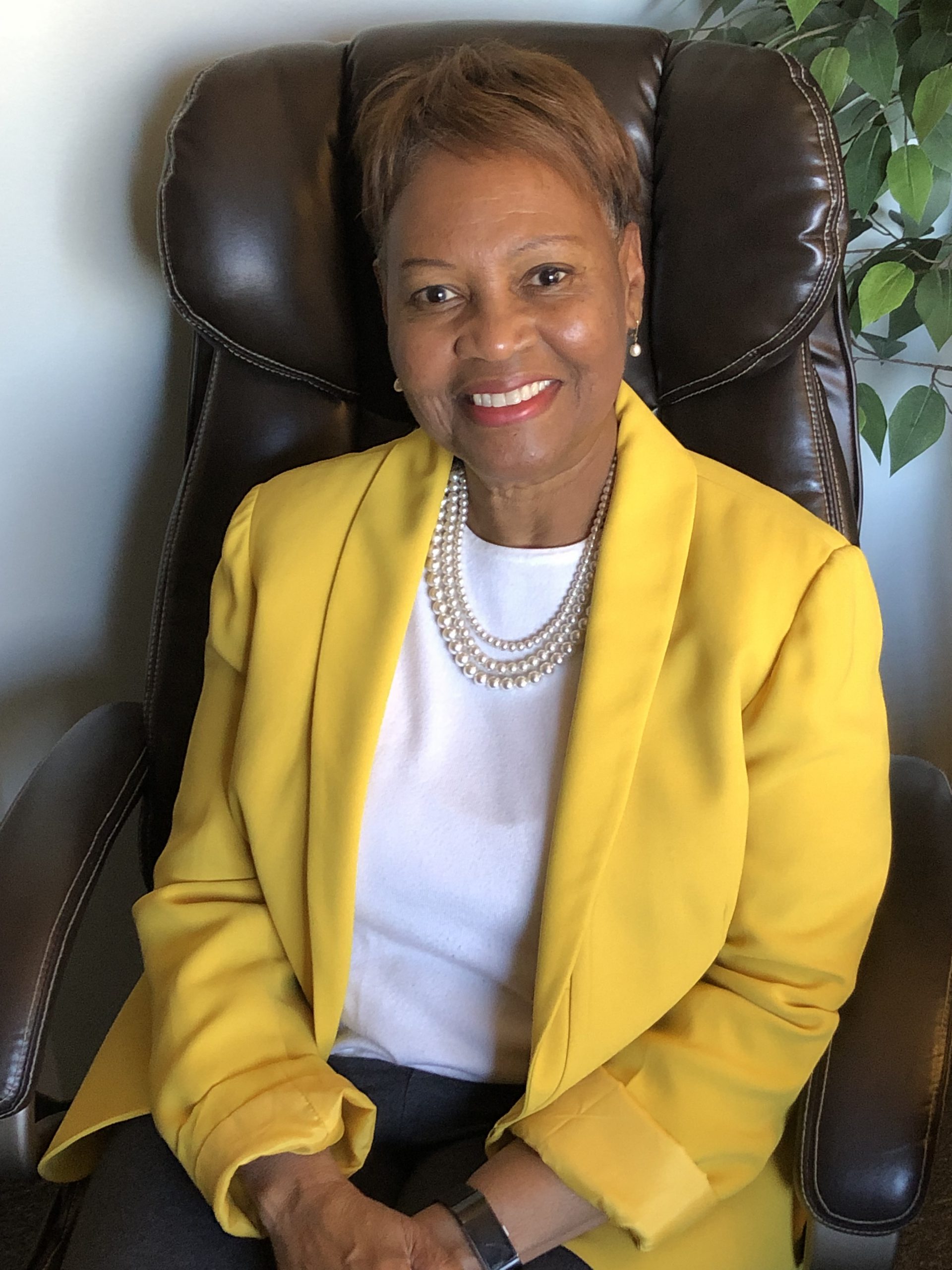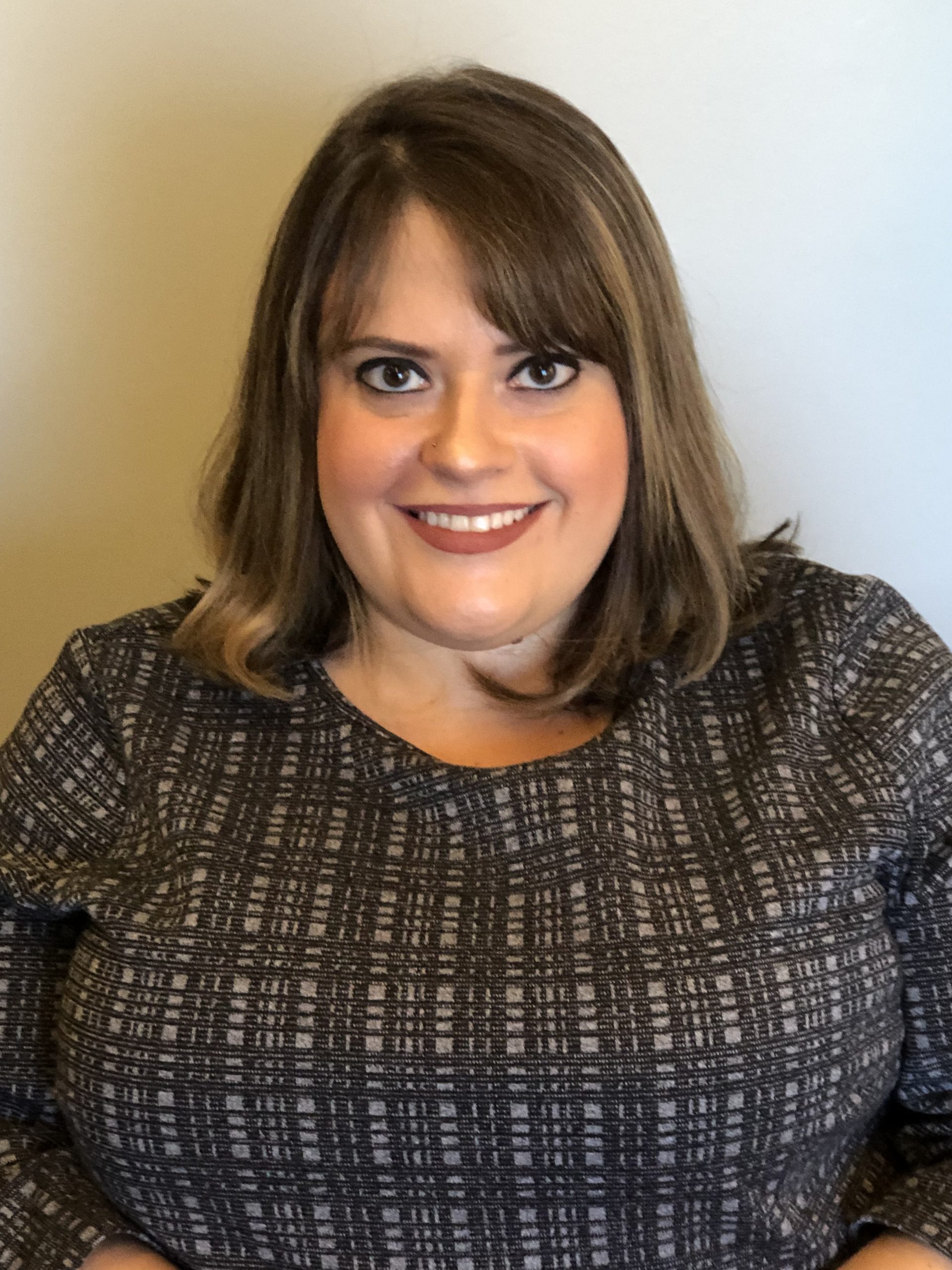
In the WCPA fall newsletter, topics include online versus in-person therapy, the importance of fathers, mental health stigma, reflections from an educator, presentation topics available, and the three most common types of dementia.
- Online and In-Person Therapy, by Julia Osborne, MSW, LMSW
- From the Director, by Mary Fitzbibbons
- Treating Mental Health Stigma, by Amy Neu
- Reflections from an Education Leader, by Carol Hall-Whittier
- Professional Development topics available
- Dementia: The Top 3, by Brigid McGuire
To Zoom or Not to Zoom? That is the Question
Julia Osborne, MSW, LMSW
Since 1959, with the introduction of videoconferencing to provide therapy, psychiatry, and medical student training at the Nebraska state hospital in Norfolk, telehealth care has had a place in the field of mental healthcare. Even though telehealth
had become more widely utilized to allow service access to individuals with limited resources over the past few decades, the era of telehealth did not have its heyday until COVID. With increased awareness of mental health concerns and amplified need for mental health care during the pandemic, telehealth care became commonplace. Today, ads for virtual therapy appear everywhere, touting its many benefits not only as a mental healthcare service but additionally promoting it over in-person care, creating a contentious debate amongst therapists.
Telehealth was originally envisioned to provide care to clients who would otherwise not have access to mental healthcare, i.e., people with reduced mobility or without care in their area. But now, teletherapy is competing with in-person therapy for well-resourced clients who simply may be averse to in-person therapy. Advertisements state that teletherapy is better than in-person therapy, because of zero travel time, increased location convenience, and reduced stigma with increased anonymity. Some teletherapy sites claim they are at a better price point than in-person therapists, though this is disputable. Some services even attempt to persuade potential clients to join their network because they make switching therapists easy and non-confrontational – clients never have to feel stuck with a therapist they do not like or admit to a therapist that they no longer want their services.
Could teletherapy really be a better option? There is no question about the convenience of having a therapist able to meet with you anywhere you choose, though telehealth sessions often cost around the same as in-person therapy. It’s important to know that the ability to switch therapists is acceptable with in-person care too, as getting a therapist who you feel understands and will appropriately challenge you is important. Typical in-person clients often try several different therapists over their treatment time, before settling with one who is the right fit. Finally, the increase in perceived anonymity online is potentially more of an illusion than believed – other people in your space may hear you during your appointment. Most therapists providing telehealth services during the pandemic told stories of clients sitting in their cars during sessions, as nowhere else offered any true privacy.
With in-person therapy, the therapist gains insights into the client’s situation and idiosyncrasies at a faster rate, with the advantages of being able to observe body language and having fewer environmental distractions (for example, having the appointment while the client is driving, which is distracting and dangerous, or having other people or pets come into the room during the session). This benefit of in-person therapy is bolstered in Jaime Herndon’s Healthline article, Teletherapy 101: What You Should Know, in which she states, “The cues in teletherapy are different than cues from in-person therapy, since the therapist and client are interacting over the screen, and may take time to get used to.”
Some therapists who have worked with clients virtually and in-person argue that the therapeutic alliance, a key player in treatment success, is stronger among clients who come in-person, because the benefits of reading body language go both ways. Clients can read a therapist’s body language for acceptance, intrigue, and comfort with what the client is expressing. According to the American Psychological Association, the therapeutic alliance promotes several benefits to the client, such as fostering mutuality and collaboration, allowing the therapist to be more flexible and responsive through client feedback, helping to repair therapeutic ruptures, and improvements in handling a client’s negative emotions.
Further, there is an observable increase in client investment with in-person treatment – they have to commit to making time to come into the office. With the increased pace of therapeutic alliance development, clients are less likely to end treatment abruptly, which gives the therapist more opportunity to discover the many layers of the client’s issues and how to help the client resolve them. Additionally, in the article The Experience of In-Person Versus Online Therapy, by Joseph Rauch on Talkspace, the point is made that, “Traditional therapy sessions offer a physical space where there is nothing but dialogue on important mental health issues. This experience can feel like a respite from the stresses of work and relationships.” The client can really focus on themselves and their mental health over their environmental variables.
If you do lack access to in-person therapy, for whatever reason, it is important for you and your online therapist to set some ground rules. For example, when therapy is in session, the session is all that you are doing. You are replicating the office conditions (without other people in the space or distractions like pets); you are not walking around or driving. And of course it’s vital that clients do not have other applications or websites open on their phone or computer that could interfere with focus on the session or the internet connection. Without ground rules, clients often feel less obligation to create a therapeutic atmosphere. This can be distracting to the client and therapist and impair their alliance or session quality. Moreover, when clients get repeatedly distracted by other people, pets, or objects around them that would not be there during in-person sessions, therapists spend a portion of the session time in efforts to refocus the conversation, leading to reduced treatment efficacy.
As a side note, for people who think teletherapy is the better option because they believe in-person care will be anxiety-inducing, it is important to remember that anxiety flourishes with avoidance. The more we avoid, the more anxious we become. So teletherapy over in-person therapy may not be in your best interest. According to Hofmann and Hay (2019), “Avoidance is typically considered a maladaptive behavioral response to excessive fear and anxiety, leading to the maintenance of anxiety disorders. Exposure is a core element of cognitive-behavioral therapy for anxiety disorders.” They explain further that exposure is supported to be one of the best treatments for anxiety, therefore it bodes better for your anxiety about therapy to expose yourself to therapy in-person.
All other points aside, it’s simply often easier to hide your true feelings during teletherapy than in-person therapy, which impedes the entire point of the therapeutic process. This is not to say that teletherapy is not a valuable resource; for those without access, teletherapy can be a great option. But for those with the means to do in-person therapy, it would be a valuable effort to try that first.

Julia Osborne, MSW, LCSW
With mental health experience working with many different populations, Julia enjoys working with adolescent clients in the clinical and school settings, dealing in large part with school-related problems, behavior, and anxiety, and adult clients as well. Her professional passions include individual, couples, and family therapy. Employing evidence-based practices, Julia frequently utilizes cognitive behavioral therapy and psychodynamic therapy, to best meet her clients’ needs.
From the Director

In our last newsletter, I wrote an article in regard to Attachment Figures in our lives. I explained the need for good nurturing being the bedrock of a child’s emotional and physical well-being. I wrote about the belief that for many of us, mother has generally been seen in that role. The good mother attunes to her child. She “gets” her child and understands his or her needs. The good mother also mirrors her child. The child sees in her expression the value that the child has. I went on to say that there are many other attachment figures in our lives, such as grandparents, aunts, uncles, teachers, even spouses. The one person that I did not mention was father.
I received two e-mails after the newsletter came out – both with the same message. Why would I not have included fathers? When I read the first message, I thought how can that possibly be. Of course, I would have mentioned fathers. I went back to the article and realized she was right. I never specifically spoke of fathers. And then the second e-mail came with the same message. I wrote to both parties and apologized, certainly not meaning to have intentionally omitted fathers.
The Evergreen Psychotherapy Center, an Attachment Treatment and Training Institute, put out an article on the importance of a father in a child’s life. It says that fathers are capable of the same motherly behaviors as women. The sight of their newborn triggers a similar range of loving behaviors, including protection, giving, and a responsiveness to the infant’s needs. In fact, the father’s confidence increases as he handles the child. As his parenting instincts emerge, so does his level of commitment. It was also found that the more actively involved a six-month-old had been with his father, the higher the baby scored on infant development scales.
If I were to look at my own experiences with fathers and children, I have been fortunate to watch my sons and grandsons with their children. There is no question that these children know that they are cared for and loved by their fathers. My own more personal experience with my father also bears this out. My fondest memory of my father is my being a little girl. He is holding my hand and taking me on long walks. I also have the same memories of his taking my children on walks also. I cherish these memories. It was his time to be with us and I knew we were loved.
I am again apologetic for initially omitting “fathers” from the original article, but I am also appreciative in that it called to mind how critical that relationship is in the emotional development of our children. Fathers play a very important role in children’s lives. They can be the deciding factor in a child’s eventual well-being.
– Mary
Treating Mental Health Stigma in Medical Settings*
Amy Neu, MSW, LCSW

“We have so many patients that need care, and I don’t think many of us have been trained to work with the mental health side. I got into this field to help older people, and I don’t feel like I really get to do that right now with everything we need to get done in a shift.”
– Staff member at nursing facility
There is enormous strain on professionals in medical and senior communities to accomplish numerous tasks and be fully present for their patients during a shift. Most workers were drawn to this field to help older adults and patients live with dignity, care, and compassion. It can be disheartening for many professionals when they experience the reality of working in these settings: the amount of paperwork, logistics, and coordination required by the system take time away from direct care with patients. Furthermore, staff see that residents’ needs are not merely physical, but mental, emotional, spiritual, and social as well. Over time, staff can feel increased pressure to meet each of these needs, all while working under time, staffing, financial, and training constraints.
Accumulating stressors from the pandemic on the healthcare system have compounded the problem. A recent survey from the American Health Care Association found that 86% of nursing homes in the U.S. are experiencing moderate to severe staffing shortages, 96% of nursing homes are struggling to hire additional staff, and 78% have hired temporary agency staff to fill the gaps. Furthermore, over the past decade many medical systems have made financial cuts to departments such as social service and chaplaincy, who offer care for patients beyond their physical needs. While these services have been eliminated from the budget, the need for this care has certainly not reduced. Who, then, is left to address these needs for patients?
In addition to staffing dilemmas, providers across medical settings find themselves increasingly limited to one piece of the healthcare puzzle. Researchers have found that there is often a lack of ownership for mental health care, leading to staff not seeing it as part of their job. It often feels like it is (or should be) someone else’s responsibility to manage mental health care symptoms. As a result, patients with mental health issues have poorer outcomes from surgery and medical procedures, as well as worse experiences of care than those without a mental health diagnosis.
In a fractional medical system, it makes sense that providers feel the best thing for patients is to refer out to a specialist and distance themselves from patients who appear out of their scope. The consequences of this model, however, are that patients with mental health conditions feel as though they are falling through the cracks. Meanwhile, staff continue to feel unprepared, stuck, and out of their scope with a subset of patients in their communities. How can we begin to approach these obstacles?
The first suggestion is to provide staff with more training on mental health topics. Without quality training, staff and residents are placed in difficult and potentially harmful situations. Often conscientious staff become fearful of doing or saying the wrong thing, which in turn leads them to distance themselves from residents with mental illness. This action alone can unintentionally foster an increased sense of mistrust, isolation, or fear in their residents (which can exacerbate symptoms like anxiety, paranoia, depression, or withdrawal) and negatively impact functioning. WCPA offers training and consultation programs to senior communities, and NAMI offers mental health first aid training for the general public which has also been a promising tool for staff in medical settings (https://namimissouri.org/resources/about-mental-illness/mental-health-first-aid).
Another idea is to provide staff and leadership with ongoing consultation with local mental health clinicians. While it may seem ideal to outsource our residents’ mental health care to a psychiatrist or therapist alone, the reality is that humans are complex social beings. Therapy and psychiatry are incredibly beneficial and should be consulted whenever necessary. However, once residents return home from their appointments with these specialists, the staff in the senior community are their primary social contacts and caregivers. What staff says and does matters immensely, and these helping professionals deserve the space to discuss the challenges they experience and the opportunities to learn new ways of approaching residents with complex needs.
Healthcare professionals are the backbone of our medical and senior care systems. They deserve more opportunities to learn and be supported as they serve patients with medical and mental health needs. Patients and residents also deserve to be understood, addressed, and properly cared for by compassionate staff. If your community would like more information on training and consultation, please feel free to reach out to WCPA to discuss how we can collaborate and help support your staff.
* This article is the second in a three-part series, which covers the issue of mental health stigma in healthcare. The first article (Spring 2023) focused on individuals with mental health issues as they navigate the medical system. The final article will spotlight the experiences of family and loved ones who support an individual with physical and mental health issues.
Reflection Diaries
A series of reflections written by a developing school leader
Carol Hall-Whittier, Ed.D.

Twenty-seven years ago, I embarked upon a path of leadership supported by prolific education practitioners, college professors, and school district leaders. I was tremendously fortunate to have influential educators in my life to mentor and teach me. As I look back on my professional growth, the first principle I learned as a developing school leader was the power of reflection and personal mastery. I am hoping that my reflections will impact and motivate today’s budding leaders to excellence and influence organizations to collaborative learning.
August 17, 1996 Reflection 1 ~ My Journey as a New Teacher
There is nothing profound about my choosing teaching as a profession. I was quite young when graduating from high school: sixteen. I simply didn’t know what I wanted to do, but I knew I had to go to college. I had an aunt who was the first-generation college graduate in my family. She was a teacher; therefore, I chose Harris Teacher’s College to attend with a major in elementary education.
I now know that God’s providence was at work in my life. I cannot imagine myself being or doing anything else but teaching. It was what I was born to do.

